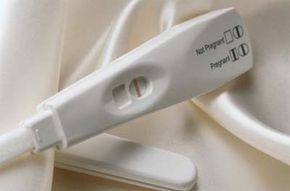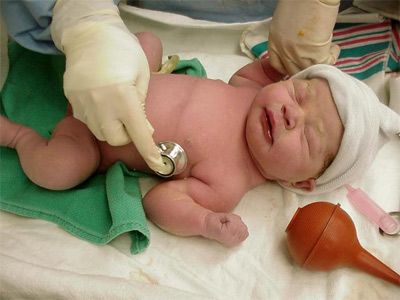In the first few weeks after conception, you may notice changes in your body and in the way you feel. A late menstrual period is usually the first pregnancy symptom. However, many other conditions, from stress to certain chronic illnesses, can delay the onset of menses, so a late period is not always a reliable sign until at least two weeks after the date you expect it.
On the other hand, you can have spotting while pregnant, so the presence of some bleeding doesn't eliminate the possibility of pregnancy. In the first weeks of pregnancy, you may feel more fatigued than usual. You may experience nausea or vomiting, especially in the morning, a week or two after your missed period. Your breasts may have some tingling or tenderness and may even enlarge. The areolae (the dark areas around the nipples) may darken even more. If you have been having trouble getting pregnant and are recording your basal body temperature, the temperature may remain elevated. But just as with a late period, all of these signs and symptoms, if they occur at all, can have other causes. They do not prove you are pregnant.
Advertisement
If you go to see your doctor when your period is two weeks late, he or she may find physical changes that suggest you are pregnant. Your vagina and cervix may be blue to purplish because of increased blood flow. This is known as the Chadwick sign. The uterus may feel softer, larger, and more round.
Many women know they are pregnant before they see their doctor, however, because they perform a pregnancy test themselves at home. Nonprescription home pregnancy tests are available in any pharmacy and cost $10 to $20. These tests are designed to detect the presence in the urine of human chorionic gonadotropin (HCG), a hormone produced by the placenta shortly after fertilization.
Advertisement

